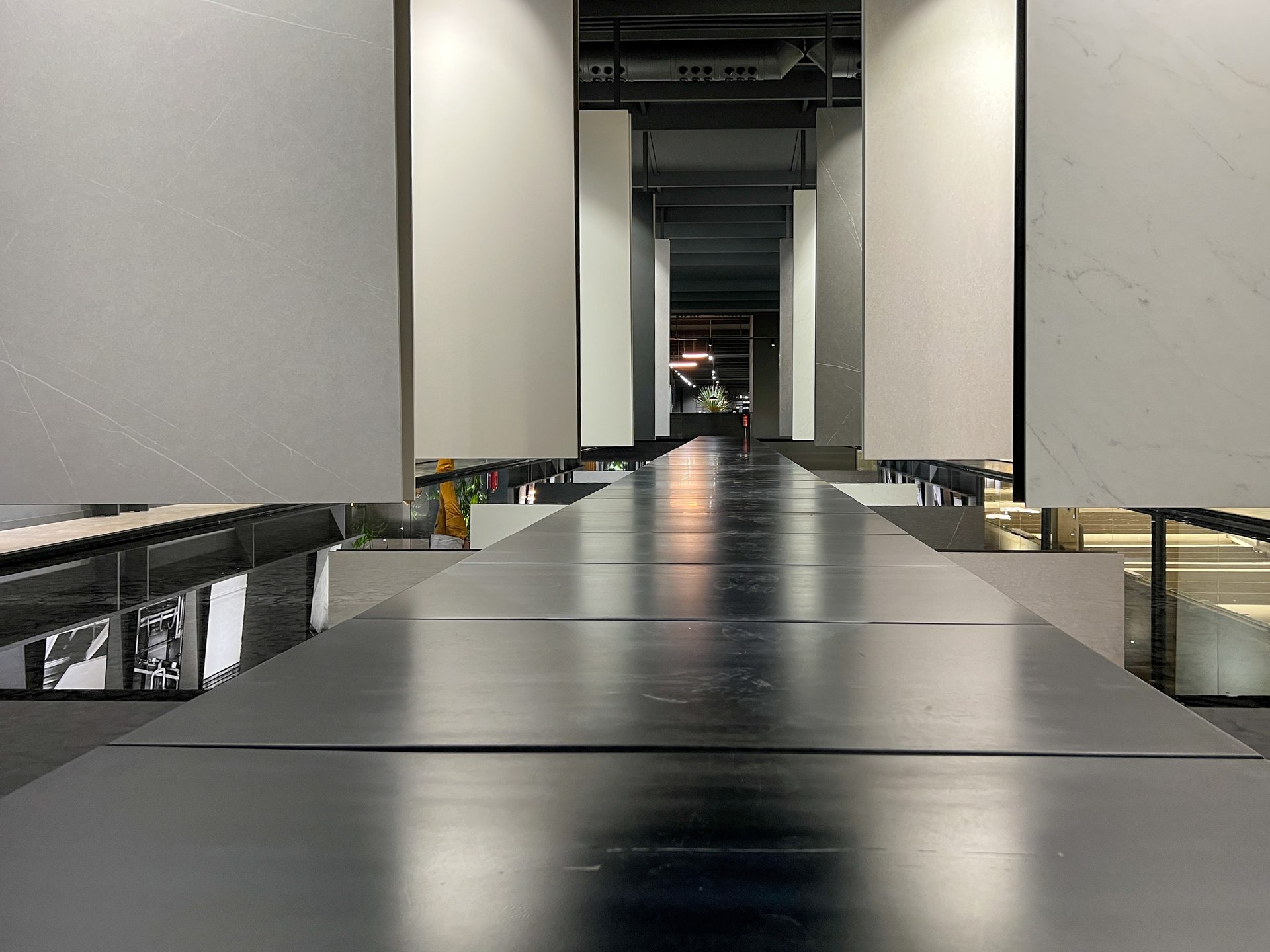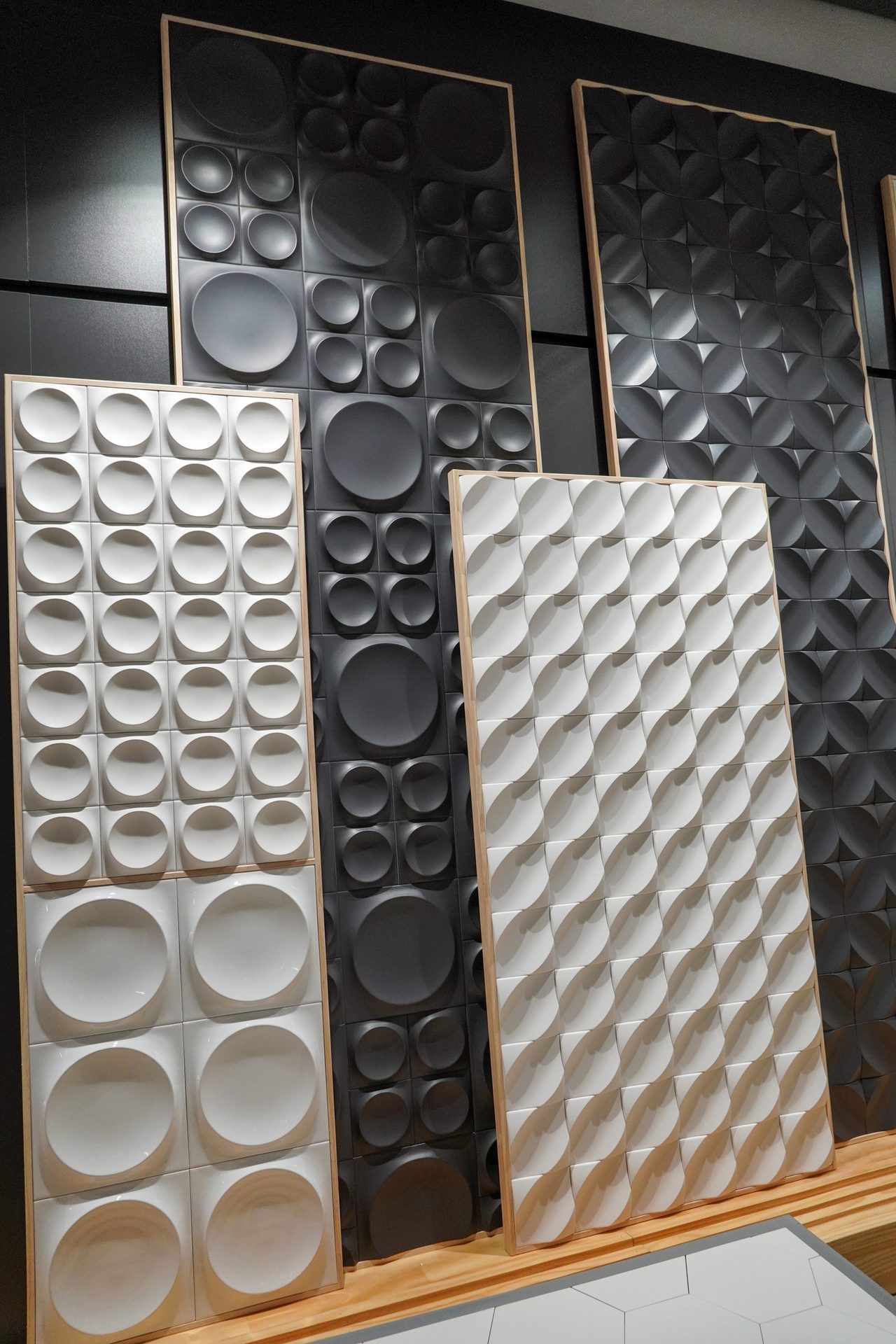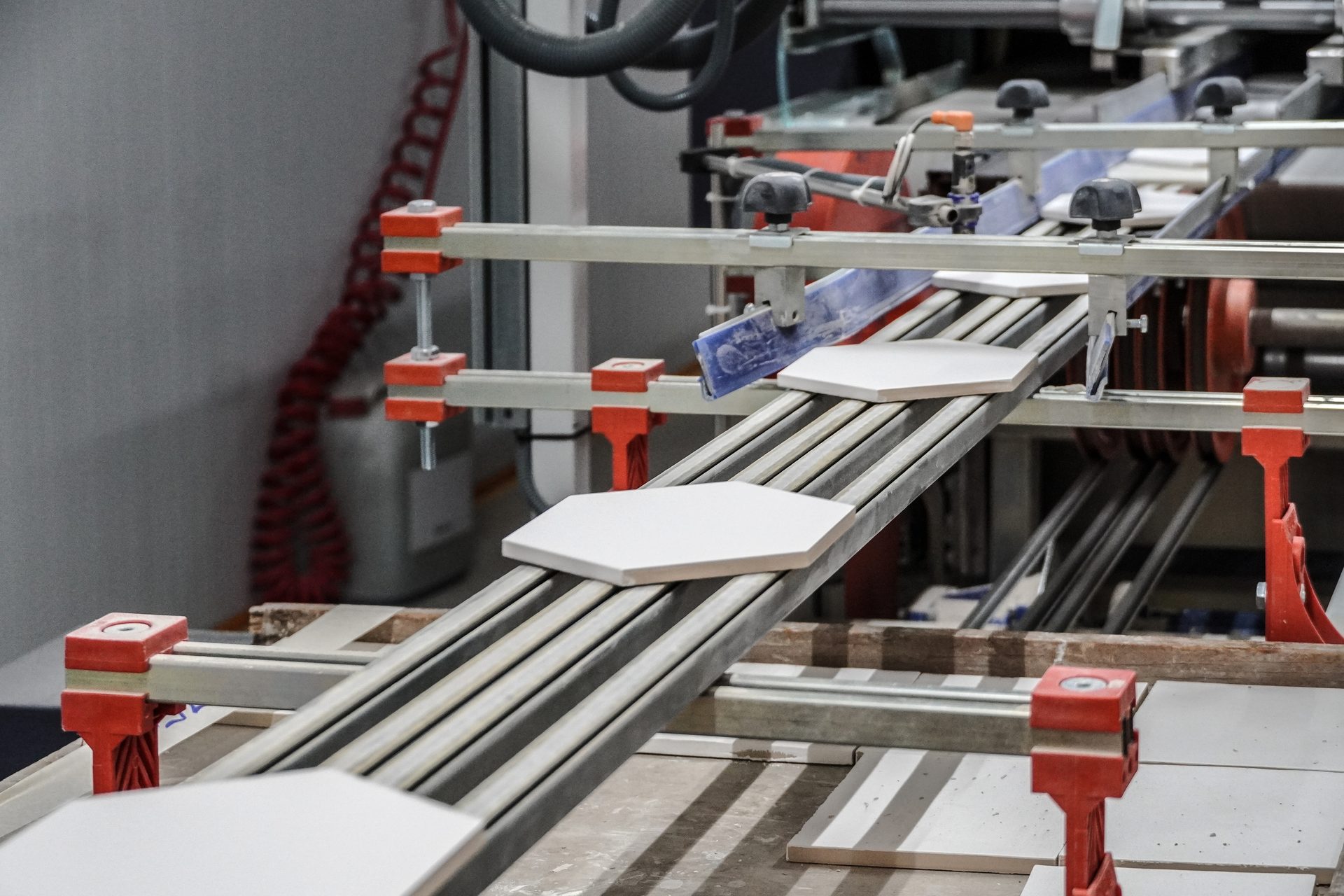
Editor's Letter
By Tanja Kern, Associate Publisher & Editorial Director
Exploring the Beauty of Spanish Tile
A group of interior designers and architecture and design editors traveled with Tile of Spain USA to Valencia and Castellón, Spain, to explore how Spanish tile is made. Photo: Floor Trends.
I recently had the opportunity to travel to Spain with Tile of Spain USA as part of the annual Passport to Creativity Tour. Traditionally, the tour happened in conjunction with Cevisama, but the trade show was postponed to February 2023. Rather than cancel the tour, @TileofSpainUSA decided to continue with factory and showroom tours, inviting a group of interior designs and editors to experience the beauty of the country for a dive deep into the world of Spanish tile. I was fortunate enough to be invited along for this tour.
Tile of Spain’s Passport to Creativity
DAY ONE: An Architectural Tour of Valencia
We began our trip with an immersive architectural tour of Valencia, led by architect Adrian Torress Astaburuaga. Valencia is the eighth city to be designated World Design Capital 2022. Our tour began at the City of Arts & Sciences complex where we learned about landmarks such as L’Hemisfèric, L’Oceanogràfic, Museu de les Ciències Príncipe Felipe, L’Àgora and Palau de les Arts Reina Sofia. The Palau de les Arts Reina Sofía is a majestic building designed by the Valencian architect Santiago Calatrava. The sculpted building houses four types of performance art—opera, music, ballet and theatre—and the exterior grounds showcase more than 645,000 square feet of gardens, pools and pathways.
We walked through the Old City where we admired the architecture and intricate tile design in Central Market, and then headed towards the Valencia Station North to see more traditional tile designs. Late that afternoon, we joined designers and journalists from Europe for a preview of the Agora Valencia, which is a project of World Design Capital Valencia 2022 and the Valencia City Council. Placed in the middle of a city square, the Agora Valencia fuses tradition and avant-garde design, crafts and industry, using only wooden rods and a material similar to ceramic known as MDi. Sponsors of the project include the Provincial Council of Valencia, La Marina de València and the companies Inalco, Wandegar and iGuzzini.
We ended the day with a celebratory dinner in the Placa de L’Ajuntament, a building adjacent to the city square.





DAY TWO – Tile of Spain Press Conference, an Award-Winning Architectural Project, and the González Martí National Museum of Ceramics
Our second day featured a deep dive into the business of Spanish ceramics via a press conference given by Vicente Nomdedeu, the president of The Spanish Ceramic Tile Manufacturers’ Association (ASCER), and ICEX.
Like every building materials category, the Spanish tile industry weathered the many challenges in the past two years. Spain continues to export its tiles to more than 180 countries around the world, with the USA accounting for 22.9% of its exports. Europe, Asia and the Middle East are the three next largest geographic areas. Spain also produced 567 million square meters of tile increasing production 20.3% from the previous year, making it the top European Union producer.
MRM Arquitectos hosted us on a tour of the team’s award-winning architectural project, the new headquarters of the Valencia Construction Sector Employment Foundation. The project won first prize in 2022 for its use of large-format tiles as a quintessential feature of the building envelope. Likewise, it also commended the use of a standard product, applied in industrial style, to create an outer shell based on the criteria of cleanliness, order and minimum resources
Then, it was back into Valencia to visit the González Martí National Museum of Ceramics. This fascinating museum is located in what is considered to be the best example of Baroque architecture in Spain, the Palacio del Marqués de Dos Aguas. As part of the World Design Capital exhibitions happening in Valencia, we stopped inside this museum to see the exhibit entitled Design the Air, which was an interpretation by a select group of architects of an everyday object…a fan.
Valencia Construction Sector Employment Foundation
DAY THREE – Showroom Tours
We began day three on an early bus ride from Valencia to the city of Castellón, where we spent the day touring the factories and showrooms of some of Tile of Spain’s many companies. We started at Peronda [@Peronda_official], a family-owned company since 1827. From there we went to Natucer Ceramica [@Natucer_ceramica_natural] where we learned the difference between extruded and pressed tile manufacturing. Then, it was on to Decocer Ceramic [@Decocer_ceramic], another family-owned company, where we learned more about why tile manufacturing and tiles are sustainable and then to @LivingCeramics whose showroom and catwalk elicited gasps from the group. We ended the day at the @Porcelanosa showroom, which is a master class in showroom design, with a series of vignettes showcasing the use of Porcelanosa tile in kitchens, bathrooms, outdoor and hospitality spaces.






DAY FOUR – Showrooms and Factory Tours Continued
On our final day, we began our journey with a visit to the @WOW_designeu showroom, which began in 2001 and today features 38 collections. After light snacks and coffee, we explored @Bestile_sl, then @Vivesceramica and @Apavisa. We ended the tour at the @Pamesaceramica showroom where again we were toured more stunning tile collections.




I treasured the opportunity to discover the latest innovations and trends from Tile of Spain. You can see more coverage on Instagram and via video on the Floor Trends website.
How Designers Are Using Tile Today
Tanja Kern, associate publisher and editorial director of Floor Trends, joined BNP Media in 2016. With more than 20 years of editorial and strategic communications experience in architecture and design, Tanja combines her journalistic acumen with a passion for flooring. She has a master’s degree in journalism from Northwestern University’s Medill School of Journalism.
